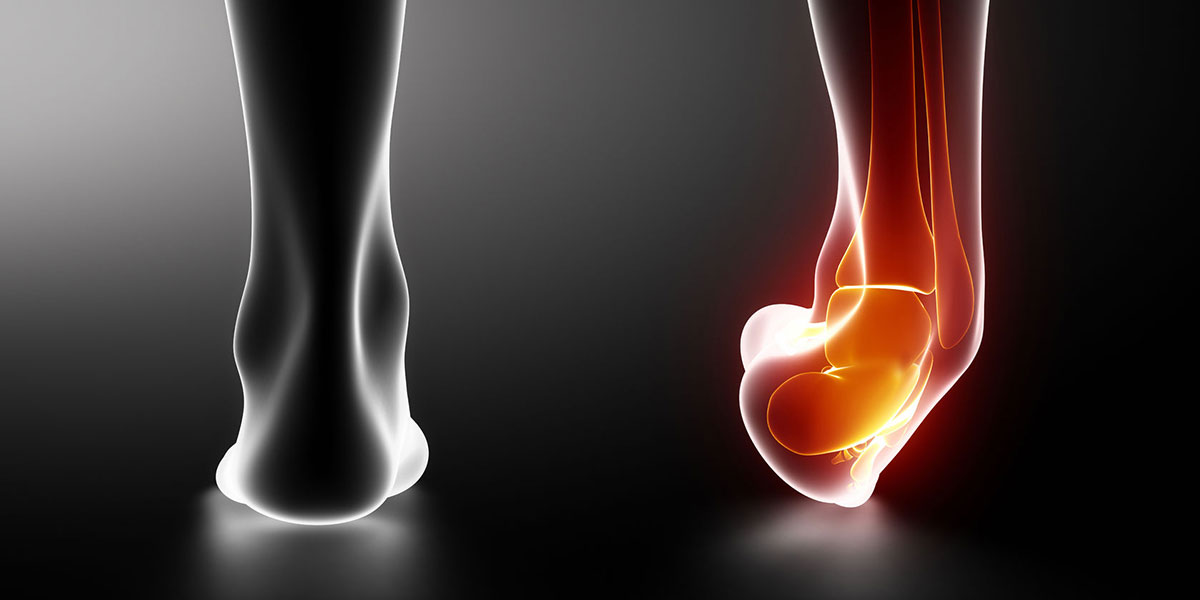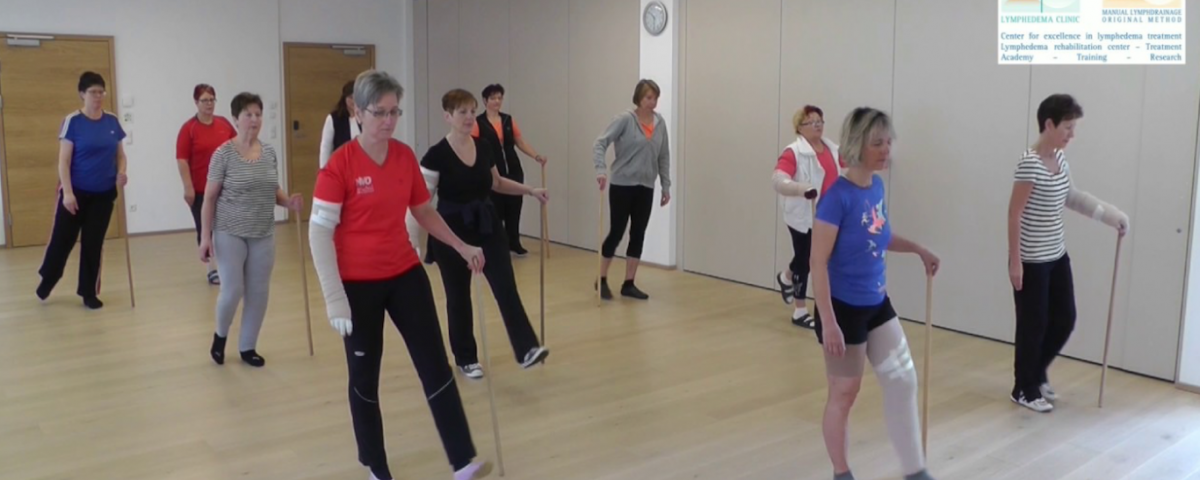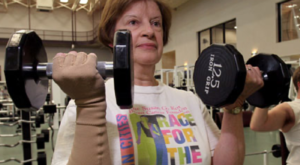
Another Way To Look At Shoulder Health
January 19, 2020
Lateral Ankle Sprains Explained
February 2, 2020Being active and proper exercise may help control swelling and reduce discomfort on the affected limb in patients with lymphedema. In addition, it may reduce discomfort and help keep full range of motion. Here are some tips and guidelines.
· Wear your compression garment or bandages when exercising to get the best out of the muscle pump action
· Do a little every day and build up to about 30 minutes of activity, 5 days a week
· Set yourself personal and achievable goals. Sometimes keeping a record of how much activity you do can be beneficial
· Pace yourself, use your common sense; listen to your body when it says ‘I am tired’
· Drink plenty of water
· Wear sensible clothing and shoes
· Do not exercise if you feel unwell
· Make moving your body a part of your life
Ideas for Moving
· Walking on the spot, walking with or without a pet, walk to a friend’s home, walking groups
· Parking further away from the shop entrance; getting off at an earlier bus stop
· Cleaning the house
· Hide the remote control for the television
· Gardening and even shopping
· Activities like jogging, cycling, bowling or dancing
· Water activities such as walking in the water, aqua aerobics, swimming
· Vibration plates such as the Power Plate and VibroGym have proved to be beneficial in patients with lymphoedema
· ‘Fun’ exercise can be using a console (Wii, Xbox or similar) with games that allow you to play sports whilst sitting down
Breathing Exercises
Breathing exercises help to move lymph fluid around the body. This is an easy activity to do and helps with relaxation and reducing stress.
· Sit or lie down with your shoulders relaxed and hands resting below your ribs
· Breathe in and feel your stomach rising (imagine a balloon inflating under your hands)
· Slowly breathe out and press gently inwards with your hands
· Repeat five times
Mercy S J.



